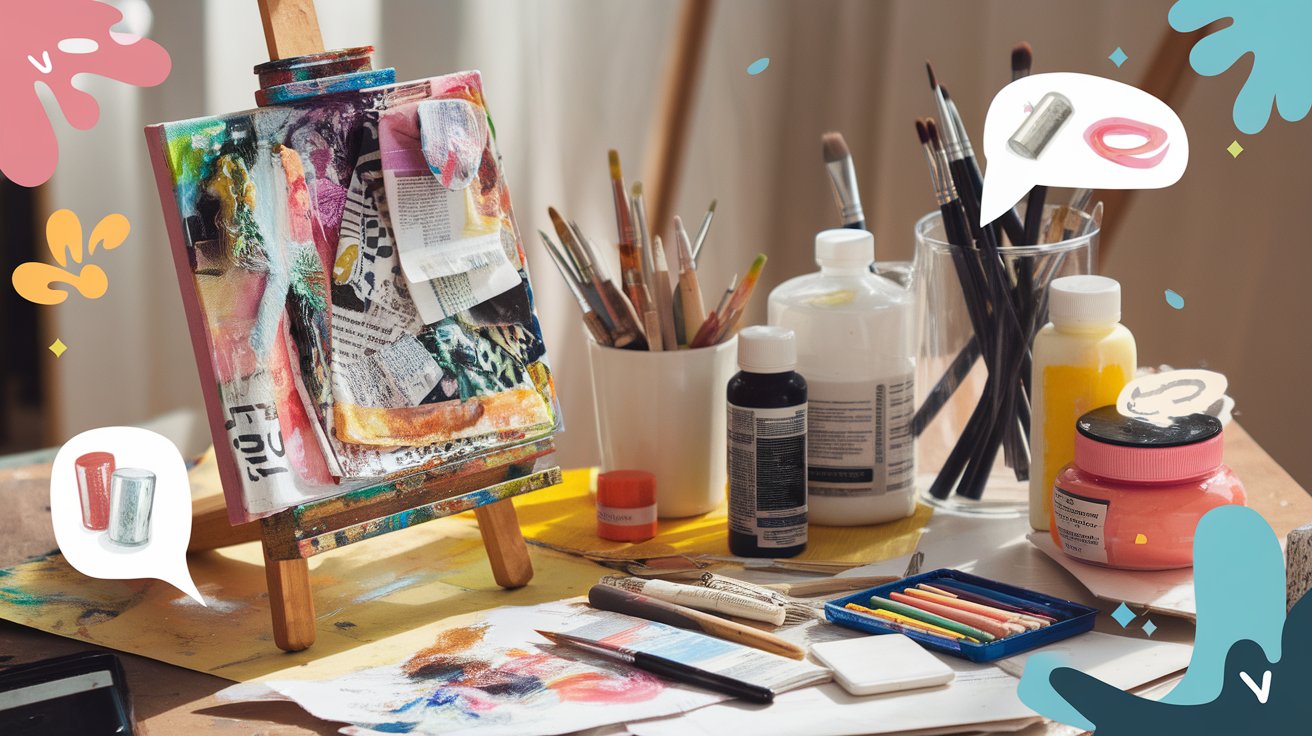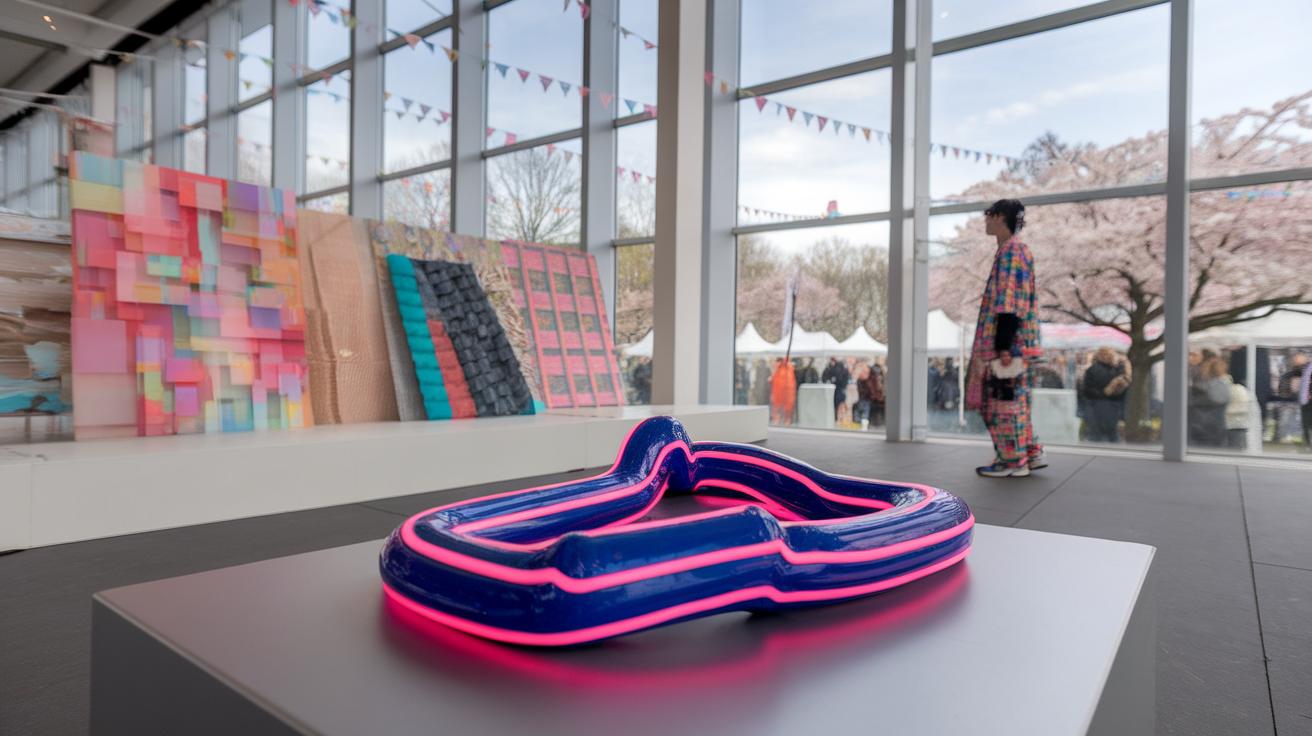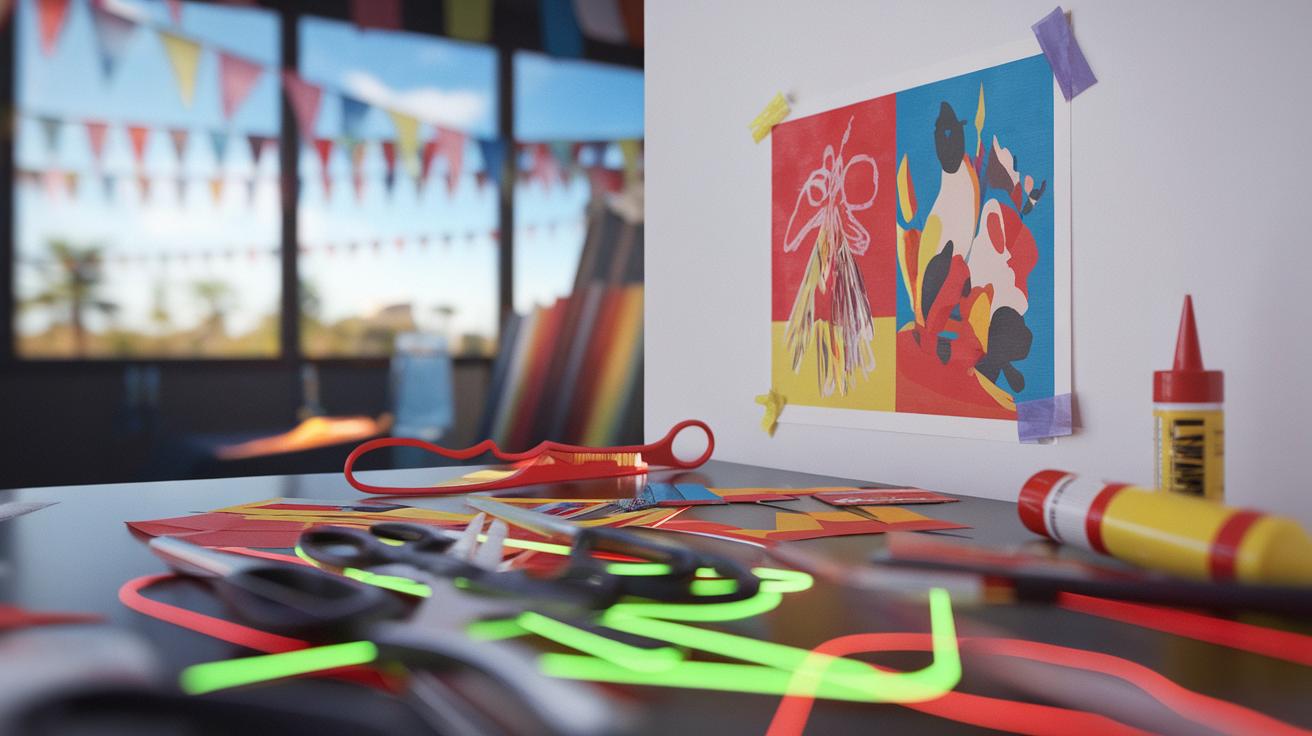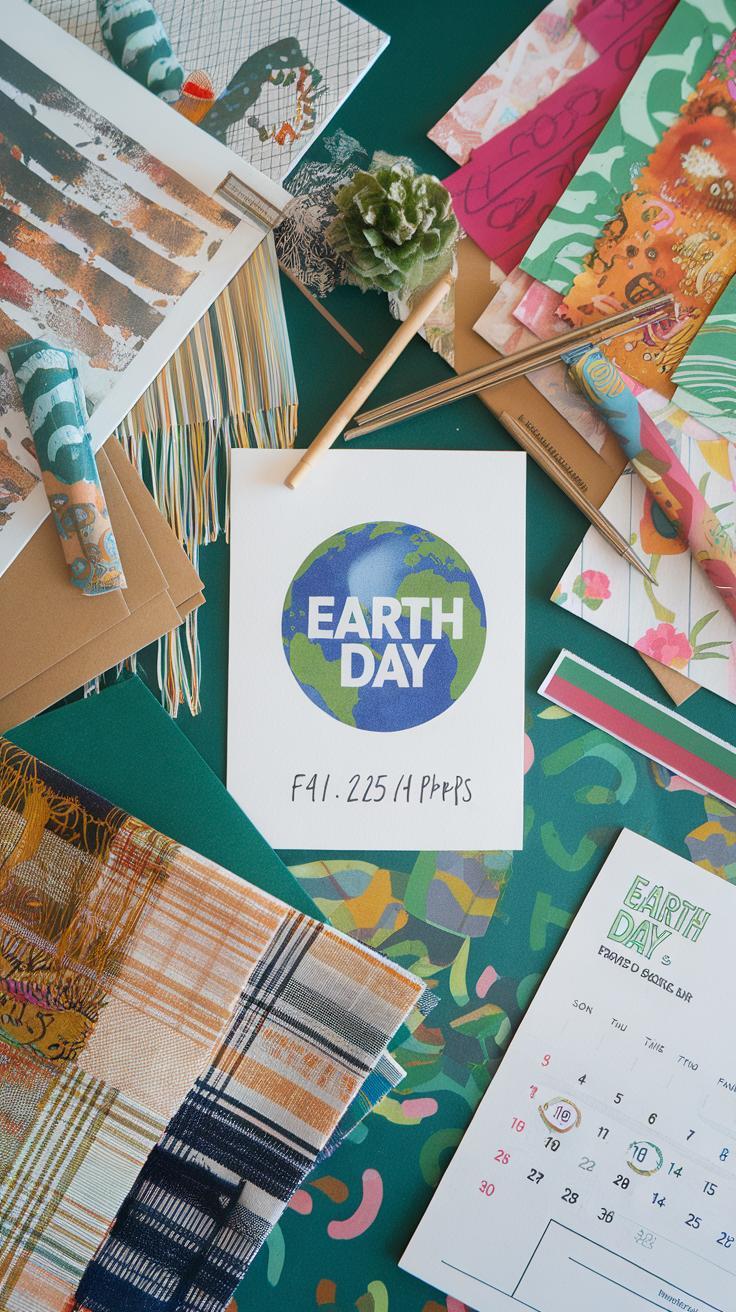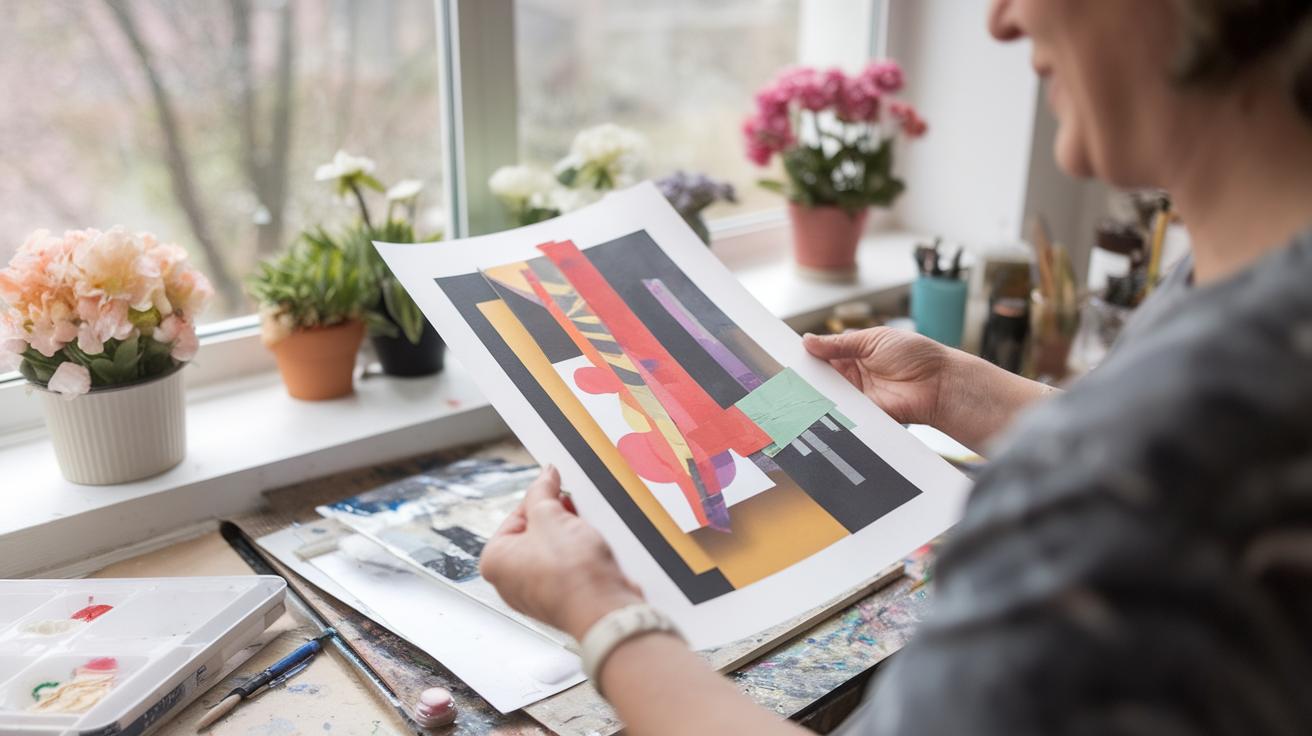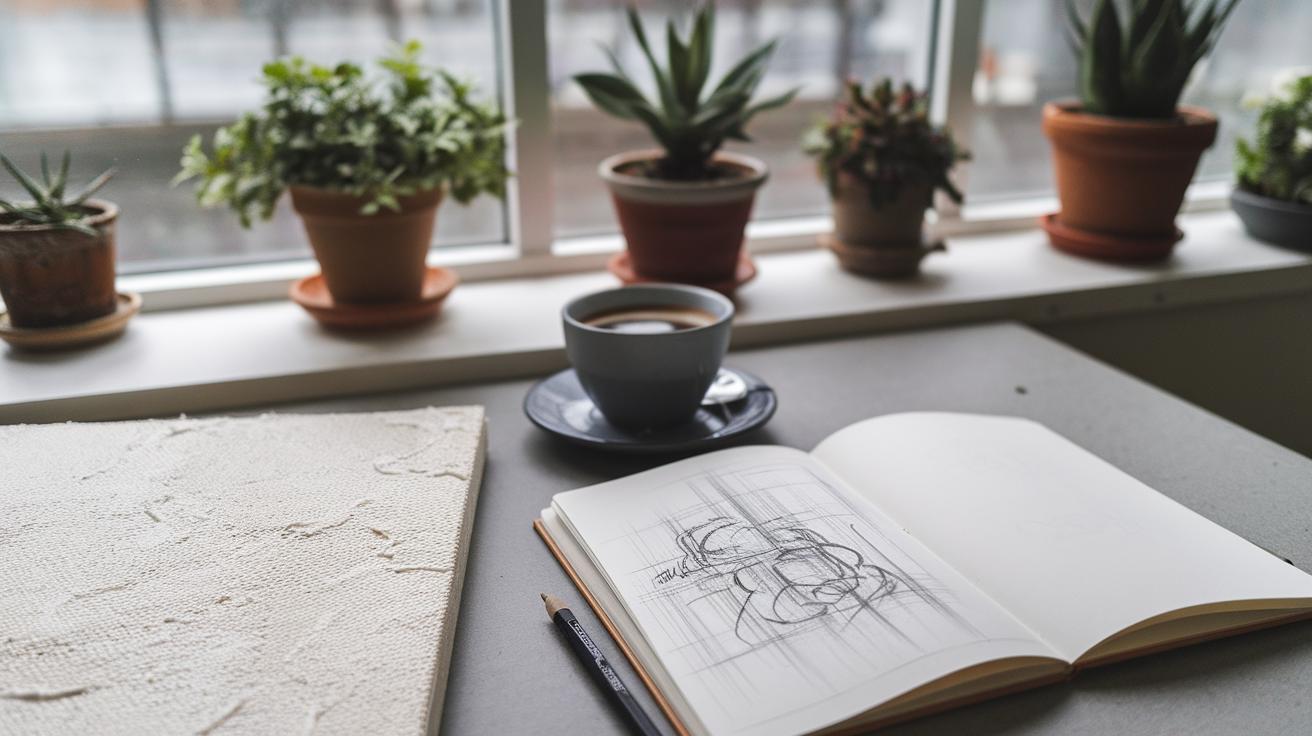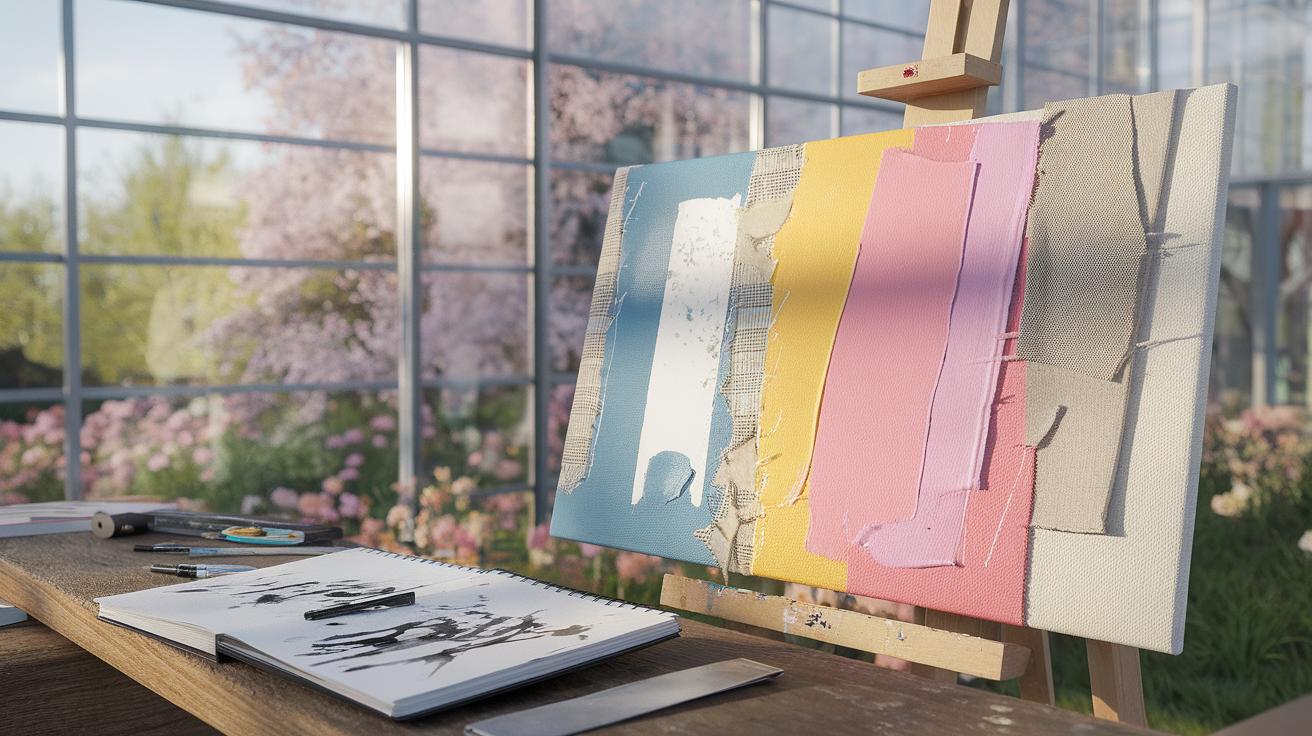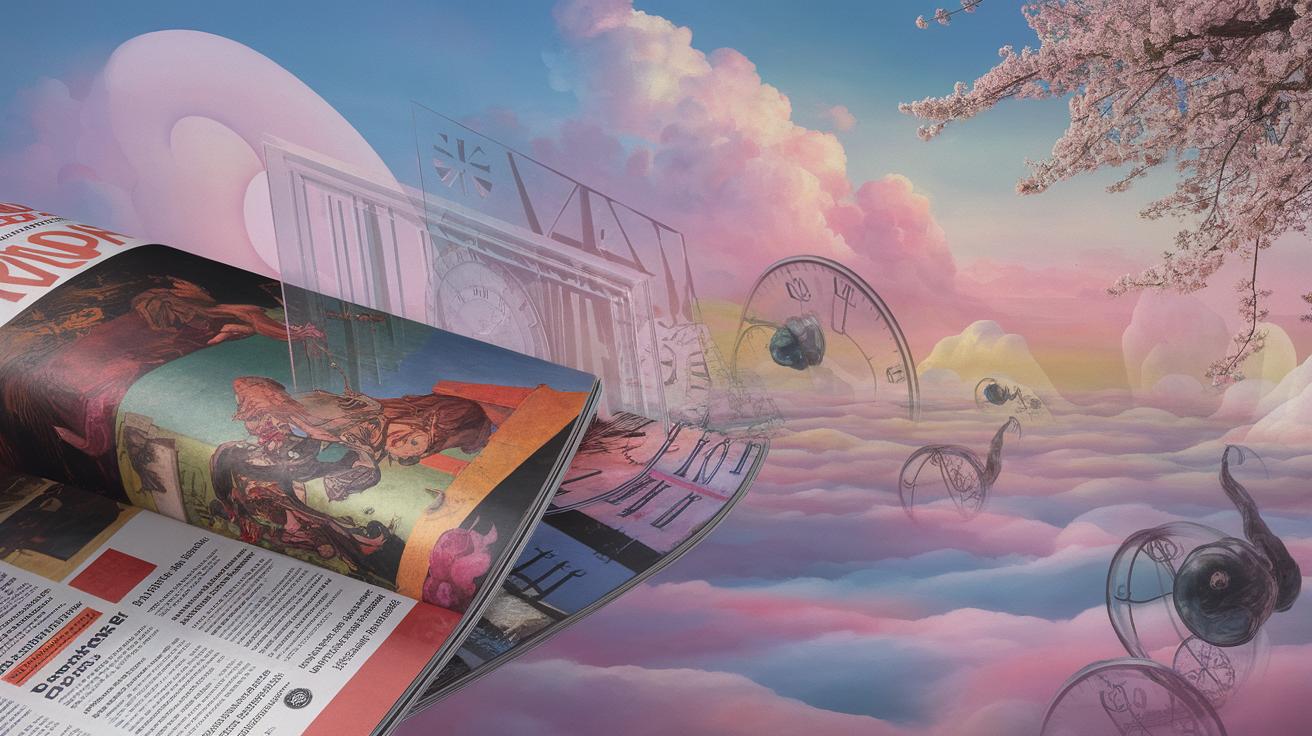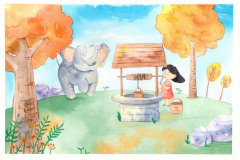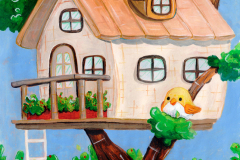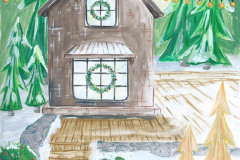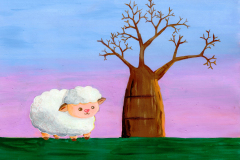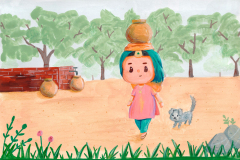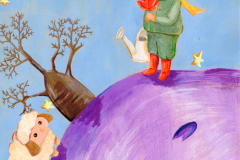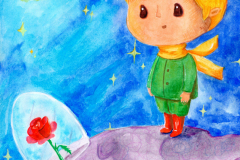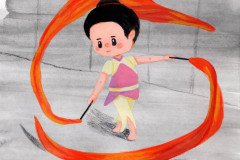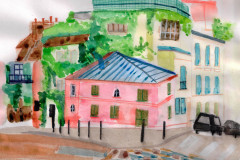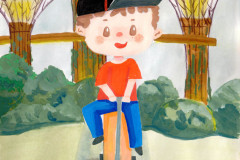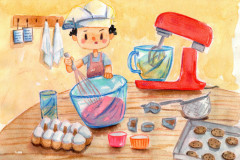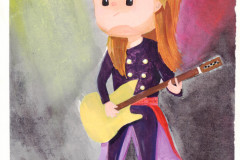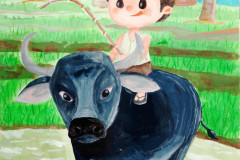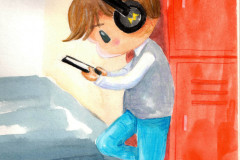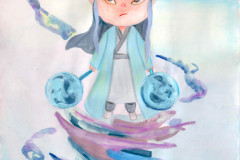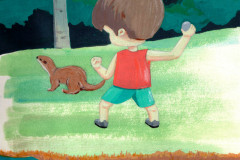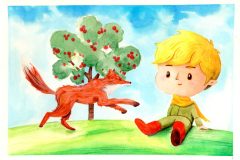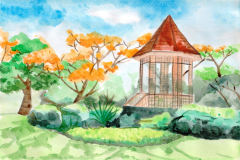Introduction
Collage design stands out as a dynamic method of artistic expression. This technique allows creators to gather various materials, such as images, texts, and even textures, to construct visually engaging works. Its popularity has surged recently, especially among those captivated by contemporary art. The beauty of collage lies not just in its diverse materials but also in the stories that each piece tells. Artists are now experimenting with innovative approaches, pushing the boundaries of traditional collage methods.
Understanding current trends in collage design can enhance your creative journey. These trends are influenced by technology, culture, and personal expression. From digital collages to mixed media, artists are finding new avenues to showcase their visions. You might wonder about the tools and techniques that best suit your style. This article will explore significant trends and practical tips to create captivating collage art that resonates with contemporary audiences.
Understanding Collage Design Combining Elements for New Visual Narratives
Collage design is a unique form of art that mixes different elements to create something entirely new. This method has roots reaching back to ancient cultures. Artists glued together various materials like paper and fabric to convey more complex ideas or emotions.
In contemporary art, collage holds significance for its dynamic storytelling capacity. You can combine images, textures, and colors to build a fresh narrative. Each element adds depth and meaning, resonating with the viewer in different ways.
Think about how you interact with collage. What stories do you see in the overlapping images? How does each piece speak to you? The beauty lies in the freedom to experiment and express your thoughts through creative combinations.
Collage encourages personal interpretation. You can share your feelings and perspectives in a way that’s accessible and engaging. By playing with various materials, you create a visual dialogue that captures attention and ignites curiosity.
Popular Techniques in Collage Design
Collage design today features a mix of traditional methods and contemporary innovations. Painters still use scissors and glue to piece together artworks. This classic approach emphasizes tactile engagement with materials. Think about how satisfying it feels to physically cut and arrange elements.
Digital techniques have transformed the field as well. Software allows artists to manipulate images on screens, layering and blending effortlessly. This method expands possibilities and encourages experimentation. Tools like Adobe Photoshop help you explore new arrangements without the mess of physical materials.
Mixed media has gained popularity too. You might integrate painting, photography, and even 3D objects. This approach adds richness and invites viewer interaction. Have you thought about how combining different forms can deepen your creative expression?
There’s also a growing trend of sustainable collage, using recycled materials. This not only reduces waste but also adds unique character. The environmental aspect can give your work an extra layer of meaning.
Popular Techniques in Collage Design
Traditional Methods
Many artists still use traditional collage techniques. They often start with paper cuttings, using scissors or craft knives to shape images. You can create depth by layering these cutouts. This method allows for physical interaction, as you combine materials like photographs and magazine clippings.
Consider using a glue stick or mod podge for application. These adhesives ensure the elements adhere properly. You can add texture by incorporating different paper types, such as tissue or cardstock. Experiment with color and pattern mixing.
Modern Innovations
Digital tools have transformed collage design. Software like Photoshop and Procreate lets you combine images virtually. This method offers flexibility; you can undo mistakes and try various layouts easily. Explore graphic tablets for enhanced precision.
Augmented reality (AR) is making waves, allowing you to bring collages to life. Imagine using your phone to view interactive layers on your artwork. This adds another dimension to your creative expression.
Which technique appeals to you? Are you drawn to the tactile nature of traditional methods, or do you prefer the limitless possibilities of digital innovation?
Incorporating Mixed Media in Collage
Exploring New Dimensions in Art
Mixed media plays a significant role in contemporary collage design. Artists blend various materials and techniques to create unique pieces. This approach allows for greater experimentation and creativity.
You can combine paper, fabric, paint, and found objects in your work. Using these elements together adds depth and texture. For example, consider integrating digital prints with traditional cut-and-paste techniques. This fusion can enhance visual interest and convey complex themes.
Think about your favorite artist or collage piece. What materials do they use? How do these choices affect the overall message? When you incorporate mixed media, you expand your artistic language. This versatility invites dialogue with viewers, prompting them to interpret your work in new ways.
Don’t hesitate to explore unexpected combinations. A piece featuring old photographs layered with bold paint strokes might evoke nostalgia while also feeling modern. The contrast can draw viewers in and encourage them to reflect on their own experiences.
Current Trends in Collage Design Embracing Contemporary Aesthetics
Cut and Paste Meets Digital: The Blend of Techniques
Collage design today thrives on the mix of traditional and digital methods. You might find hand-cut images alongside digital illustrations. Artists explore various software to enhance their work while still honoring classic cutting techniques. This balance creates an engaging visual experience. For example, you can observe digital artists incorporating scanned textures or physical elements into their digital collages.
Another noticeable trend focuses on sustainability. Many artists use recycled materials in their collages. This choice reflects a commitment to environmental consciousness and creativity. You might see old magazines or fabric scraps repurposed into new art pieces. These choices not only reduce waste but also tell a story with each layer.
Social Commentary through Collage
Collage is increasingly serving as a platform for social and political commentary. Artists utilize their work to address pressing issues like climate change or inequality. They invite viewers to engage with important topics in a visually striking manner. You may find pieces that challenge societal norms, making powerful statements through juxtaposition of images.
Community engagement also plays a vital role in contemporary collage. Collaborative projects bring artists together to share their vision. These groups often focus on themes relevant to their own surroundings, enhancing connection. How do you think your own community could be represented through collage? This approach encourages local conversations and builds a strong artistic network.
Inspiration Sources for Collage Artists Finding Themes and Aesthetics
Finding inspiration is key for collage artists. Look around you. Everyday objects can spark ideas. Magazines, old books, and postcards hold potential. Flip through their pages and notice colors or patterns that catch your eye. They may lead to strong visual narratives.
Consider nature, too. Photographs of landscapes and plants can inspire themes and color schemes. Visiting art galleries can also provide insight. Observe how other artists use different materials and textures. What techniques stand out? You can adapt these to your own work.
Think about personal experiences. Use your memories to create meaningful collages. What moments impact you the most? Allow these feelings to shape your theme. Ask yourself what message you want to convey. Your emotions can guide your artistic choices.
Try online platforms for creative ideas. Websites like Pinterest and Instagram showcase various styles. You can follow other artists to see their processes. This may encourage you to experiment with new techniques. Don’t forget to keep a sketchbook. Jot down your thoughts, ideas, and sketches. This visual diary becomes a valuable resource.
Creating a Personal Style in Collage
Developing your own style in collage design can enhance your creativity. Personal style reflects your mood, interests, and experiences. Ask yourself what themes resonate with you. Is it nostalgia, nature, or urban life? Think about how these elements can shape your collage.
Start by collecting materials that inspire you. Gather images from magazines, old books, or even your own photographs. These resources can serve as a foundation for your design process. Keep a dedicated sketchbook to experiment with different arrangements and styles.
Your choices define your artistic voice. Try various techniques such as layering, tearing, or painting over images. Each method can add depth and texture to your work. Don’t hesitate to mix media, incorporating fabric, paper, and paint to create unique effects.
Create pieces that speak to you personally. Reflect on your experiences and beliefs. What emotions do you want your audience to feel? Your artwork should convey your message clearly. Engaging with other artists can also help refine your style. Share your work and seek feedback. This collaboration may lead to new ideas you hadn’t considered.
Stay curious and open-minded as you navigate art. Experimentation can lead to surprising discoveries. Your personal journey in collage design will evolve over time. Celebrate the changes as you grow as an artist.
What story will your next collage tell? Each artwork is a step toward finding your true style.
The Role of Technology in Modern Collage Design
Impact of Technology on Collage Creation
Technology has changed how artists create collages. Digital tools enable you to craft pieces faster and experiment with endless possibilities. Programs like Adobe Photoshop or Canva provide ways to layer images, adjust colors, and apply effects easily. These features allow more control over your final product.
Mobile apps also offer new ways to engage with collage design. You can create on-the-go using your smartphone. Applications like PicsArt or CollageMaker let you cut, paste, and manipulate images right from your device. Have you tried creating a collage on your phone? It can be liberating.
Tools and Resources for Artists
Artists now have access to various digital resources. Online platforms like Unsplash provide high-quality images for free. Stock photo websites allow you to find materials that fit your vision without copyright issues. Have you thought about incorporating found images into your work?
Writers and creators are also putting their work online. You can join forums and communities focused on collage design. These spaces allow you to learn, share, and garner feedback on your projects. Engaging with other artists can inspire and refine your unique style.
Exhibiting Collage Art
Showcasing Collage Work in Galleries
Presenting your collage art in a gallery requires thoughtful planning. Choose a space that aligns with your artistic vision. Consider the lighting and layout, as these factors greatly influence how viewers perceive your work. Use simple display methods. Shelves or stands can enhance physical depth. Hanging pieces in clusters can create a visual narrative.
Engage the audience with artist statements. Share your inspiration and the techniques used in each piece. Ask yourself, what story does your collage tell? Invite viewers to connect with your work on a personal level. Incorporate interactive elements if possible. A tactile zone where visitors can touch materials could spark interesting conversations.
Online Showcasing Strategies
For online presence, create a user-friendly website. Showcase high-quality images of your collages. Include detailed descriptions to enhance viewer understanding. Use social media actively. Platforms like Instagram and Pinterest enable you to reach a broader audience. Consider hosting virtual exhibitions. Live streams discussing your collages can attract potential buyers.
Are you participating in online art challenges? Engaging with these can boost your visibility. Network with other artists, and share links to their works. Building a supportive online community makes a significant difference. How do you express your unique style online?
Exploring Collage Communities Connect with Fellow Artists
Online Platforms for Collage Artists
You can find vibrant online communities where collage artists gather. Websites like Instagram and Pinterest showcase diverse styles and techniques. These platforms allow you to share your work, gain inspiration, and connect with other creators. Look for hashtags focused on collage art to discover fellow artists. Engage by commenting on their posts or joining discussions. Every interaction helps you learn and grow.
The Future of Collage Design Speculate on future developments in collage design and what artists can expect
The future of collage design is full of potential. Artists can expect new technology to shape their work. Digital tools are advancing quickly, allowing for novel techniques that were once unimaginable. You may find yourself experimenting with augmented reality and 3D models integrated into traditional collage. These innovations can add depth and interactivity to your art.
Societal trends also influence collage. As conversations around identity, culture, and environment grow, your collages can reflect these themes. Think about how you can address current issues through your art. What narratives can your work tell for future generations?
Community will play a pivotal role. Online platforms will continue to facilitate dialogue among collage artists, creating a space for collaboration and inspiration. How might you connect with others to push your creativity further?
Conclusions
Exploring the trends in collage design allows you to appreciate how this art form has evolved. From historical roots to modern interpretations, collage remains a vibrant method for expressing ideas and emotions. The blend of digital tools and traditional techniques creates unique opportunities for artists today. Embracing these innovations can help you create compelling visual narratives.
Remember, the essence of collage is in its versatility and personal touch. Whether you choose to work with physical materials or digital platforms, let your creativity flow. Now is the perfect moment to experiment with collage in your art practice. By integrating the latest trends, you can create works that not only reflect your personal style but also resonate with contemporary art lovers.



